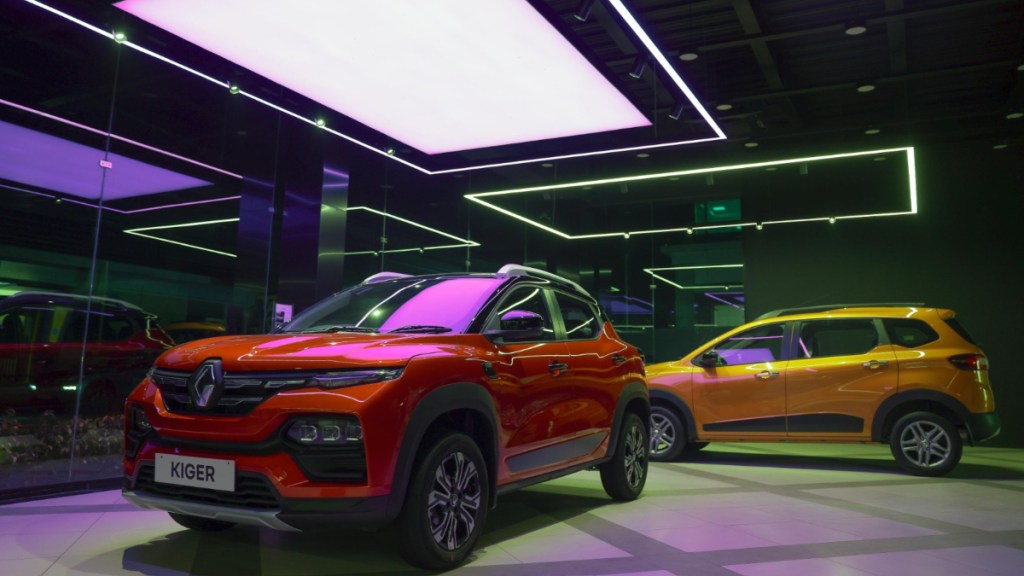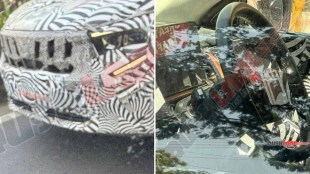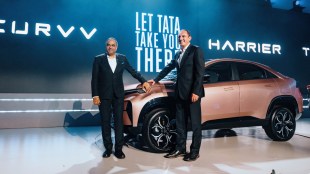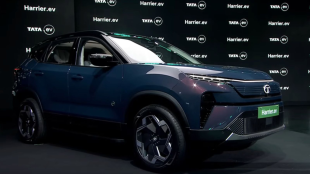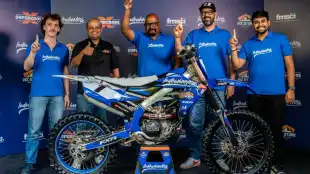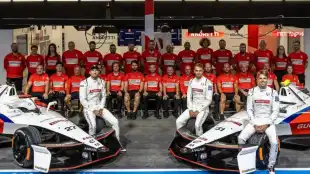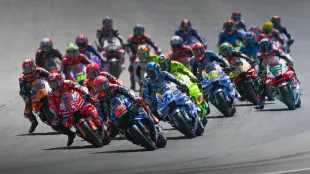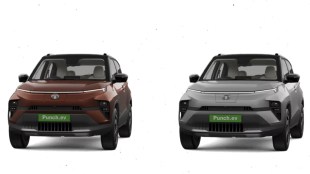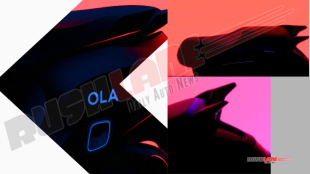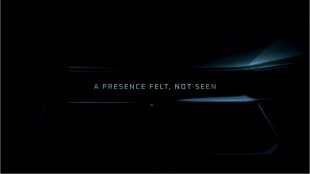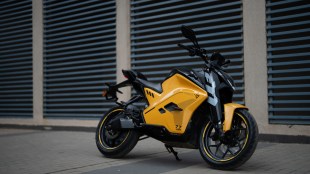In five years, Renault plans to sell close to 500,000 cars in India, which is more than 12 times the current level. The company sold 38,000 cars in the financial year ending March, 2025. Chief Executive Officer Venkatram Mamillapalle spoke to Narayanan V about the company’s aggressive growth strategy and the new Design Centre in Chennai, the French auto major’s largest outside France. Excerpts:
What will the Renault Design Centre in Chennai do?
From drawing a line on the board to finishing a car’s styling, the designers in the new studio will do complete 360-degree designing of Renault’s future models. The folks at the design studio are basically involved from sketch to the car’s finish through drawings. Then they put the dimensions to it — like each part has to have this much length, width, size etc. All those definitions happen in the design studio. It then goes to engineering, where each part gets designed and manufactured separately. Earlier, all these design works were done in Paris, and then it would come to RNTBCI, where they convert those designs into drawings — CAD designs into parts. An ICE-engine car has about 2,000 parts. Instead of France, we are going to do all those designs in India — in the same time zone, for Indian customers, with Indian engineers sitting here and making cars for India.
But you already have RNTBCI?
RNTBCI is our engineering and technology centre, housing IS & IT, GBS, and various engineering functions. Until now, it never had a full-fledged design studio—this is the first time we’re opening one. RNTBCI has over 6,000 engineers, including calibrators and designers. The new Design Centre, however, is distinct and entirely owned by Renault. It has no connection with our alliance partner, Nissan—that’s a key difference. The Renault Design Centre Chennai will focus on developing models and concepts both for India and for global markets.
Renault India’s market share was less than 1% in FY25. How do you plan to grow?
In February 2023, we announced `5,300 crore of investment with the plan to roll out five new products, including an electric vehicle. And that investment is done now. We are all set to go with the new product launches. We will announce the launch timeline very soon — it’s not far away. That should help us grow our market share back to where we were earlier. Today, our market share is only 0.8%. In the next three years, we should capture at least 3%. The total industry volume of passenger cars is projected to reach 10 million units per annum by 2030. Our target is to gain 5% market share by then. The Renault-Nissan plant capacity is 480,000 units per annum, so even if we gain a 5% share, we’ll be running at full capacity by 2030.
PV sales are muted, and FADA sees low single-digit growth in FY26. Your thoughts?
We’re optimistic that India will reach the projected annual car sales of 10 million by 2030. Recently, Renault Nissan Alliance India announced the takeover of the manufacturing plant, with Renault acquiring a 100% stake. This move reflects our strong confidence, as a European OEM, in the Indian market. We believe the `12-lakh income tax exemption announced this fiscal, along with the RBI’s recent rate cuts, will boost consumer spending and drive demand. Two-wheelers will likely benefit first, followed by passenger cars. We expect demand to pick up after the summer holidays — that’s typically when things improve, with salary hikes, banks passing on rate cuts, and so on. From July, the festive and wedding season begins, which should further lift sentiment. I estimate at least a 30% increase in demand between H1 and H2.
Which segments are you betting on?
Renault India has three models — Kwid (small car), Kiger (B-SUV), and Triber (multi-utility vehicle). At the industry level, SUVs are doing great. Today, 54% of the market is in that segment. We already have SUVs in the sub-4 metre category. Now, we’re going to play in the B+ and C SUV segments very soon. Once we expand our perimeter beyond sub-4 metre, we’ll be playing the full game. I won’t be entering the D segment very quickly, but we’ll have A, B, and C segments in play. That should help us generate both volumes and profitability. The B+ and C SUVs are part of the new launches — that’s the announcement we made back in 2020.
Are you looking at more export opportunities?
Currently, we are exporting to South Africa and are exploring all right-hand drive (RHD) markets. We are also considering left-hand drive (LHD) markets, though this will depend on our competitiveness as a country. In my view, we are very competitive right now, and we should leverage that for exports. There’s no doubt that there’s growing discussion about LHD exports. As you may know, our alliance partner, Nissan, has already exported the Magnite in LHD. So, why not us? The opportunity is there, and we will seize it when the time is right.
